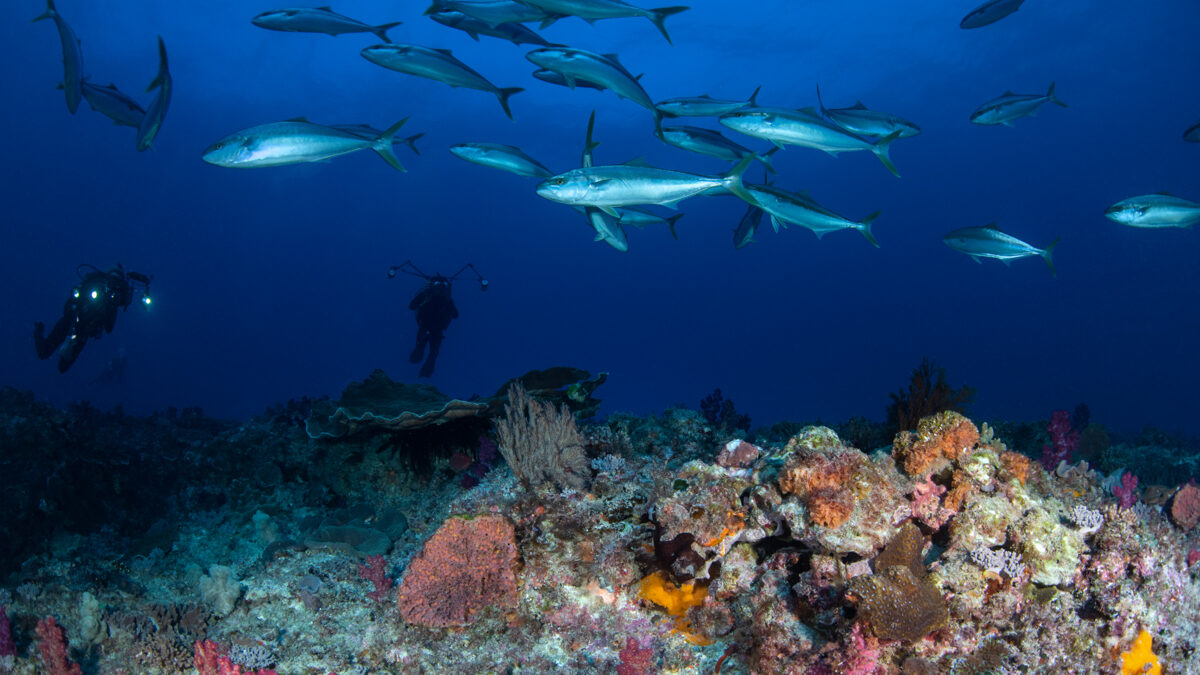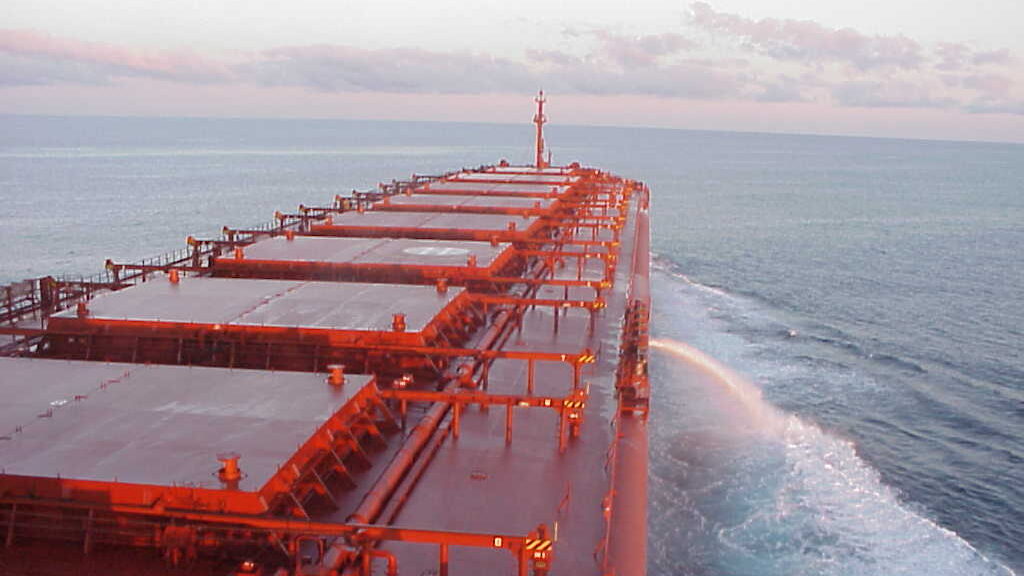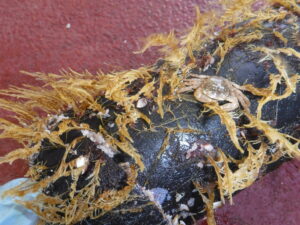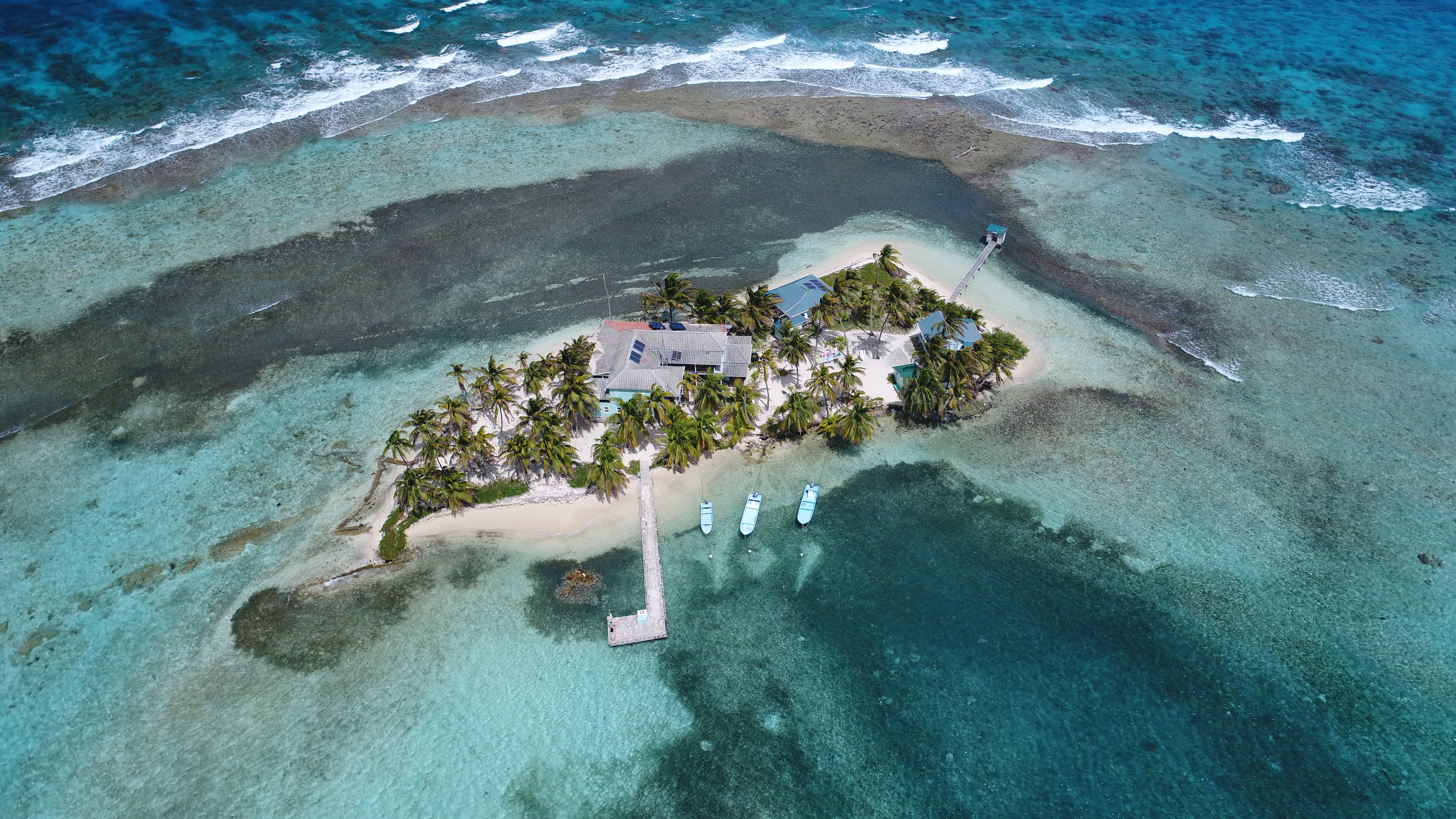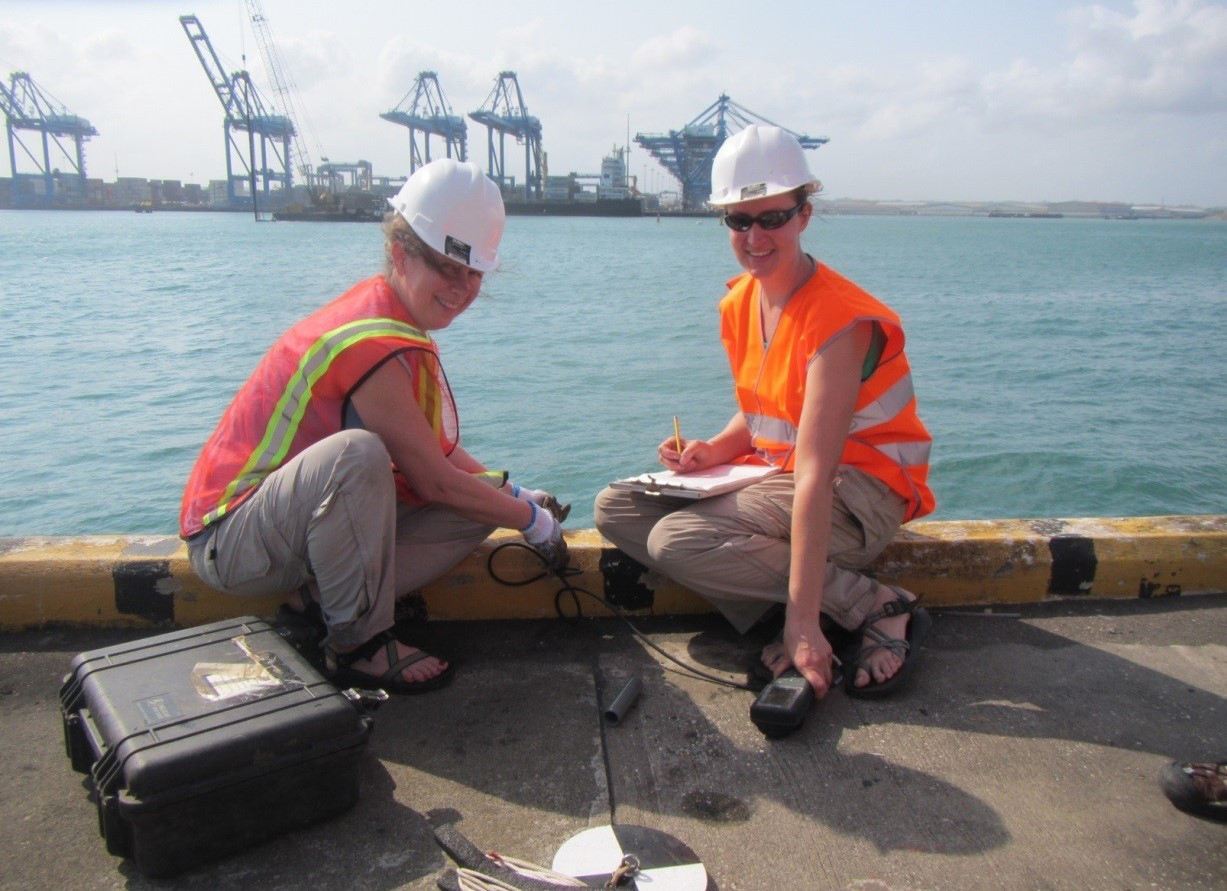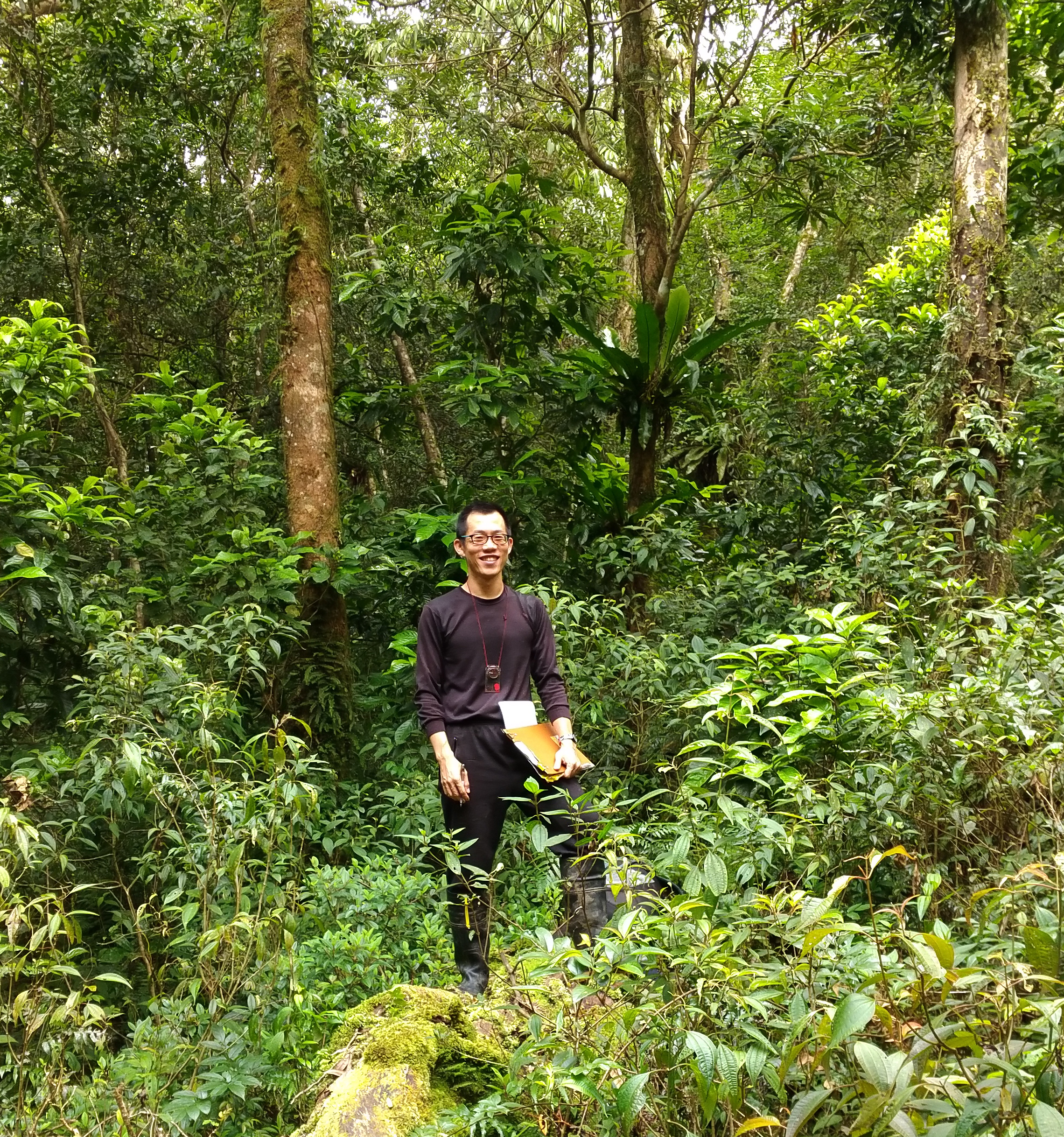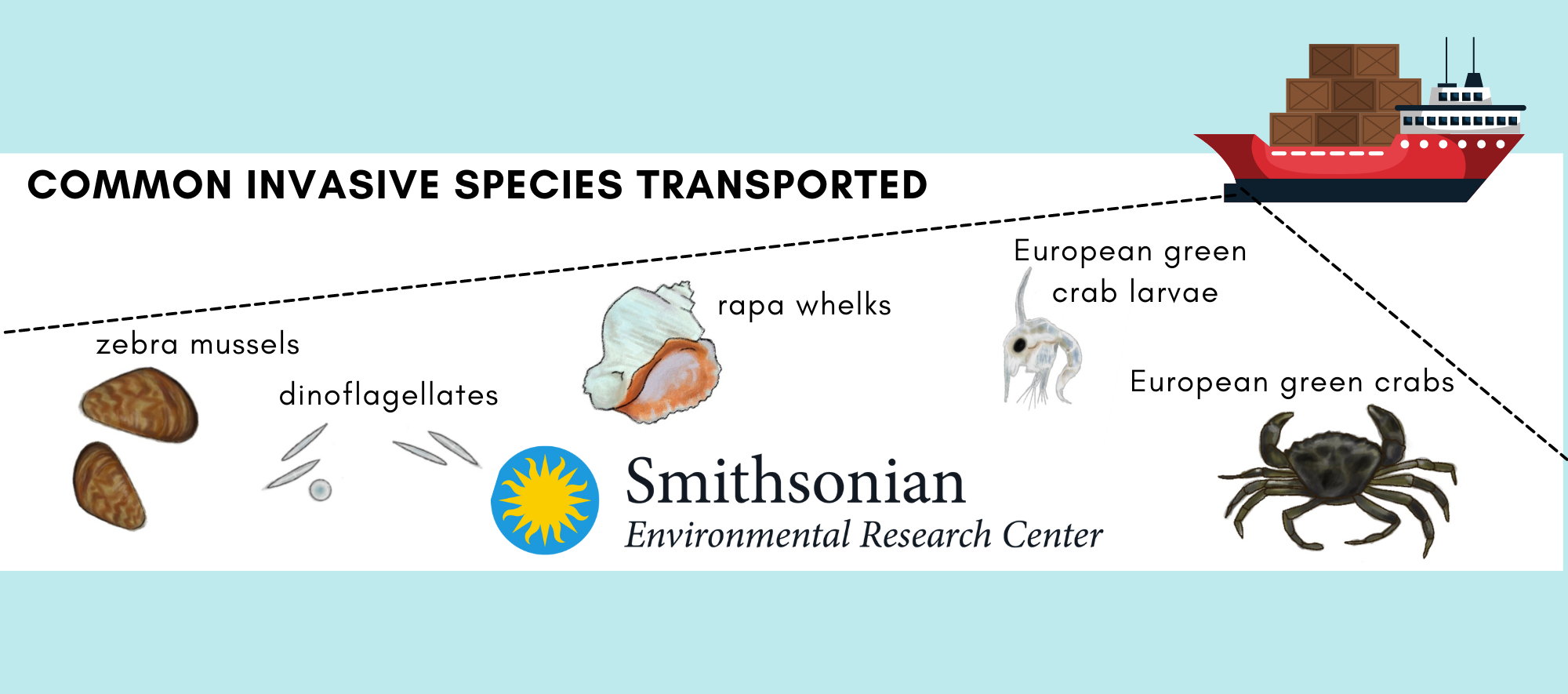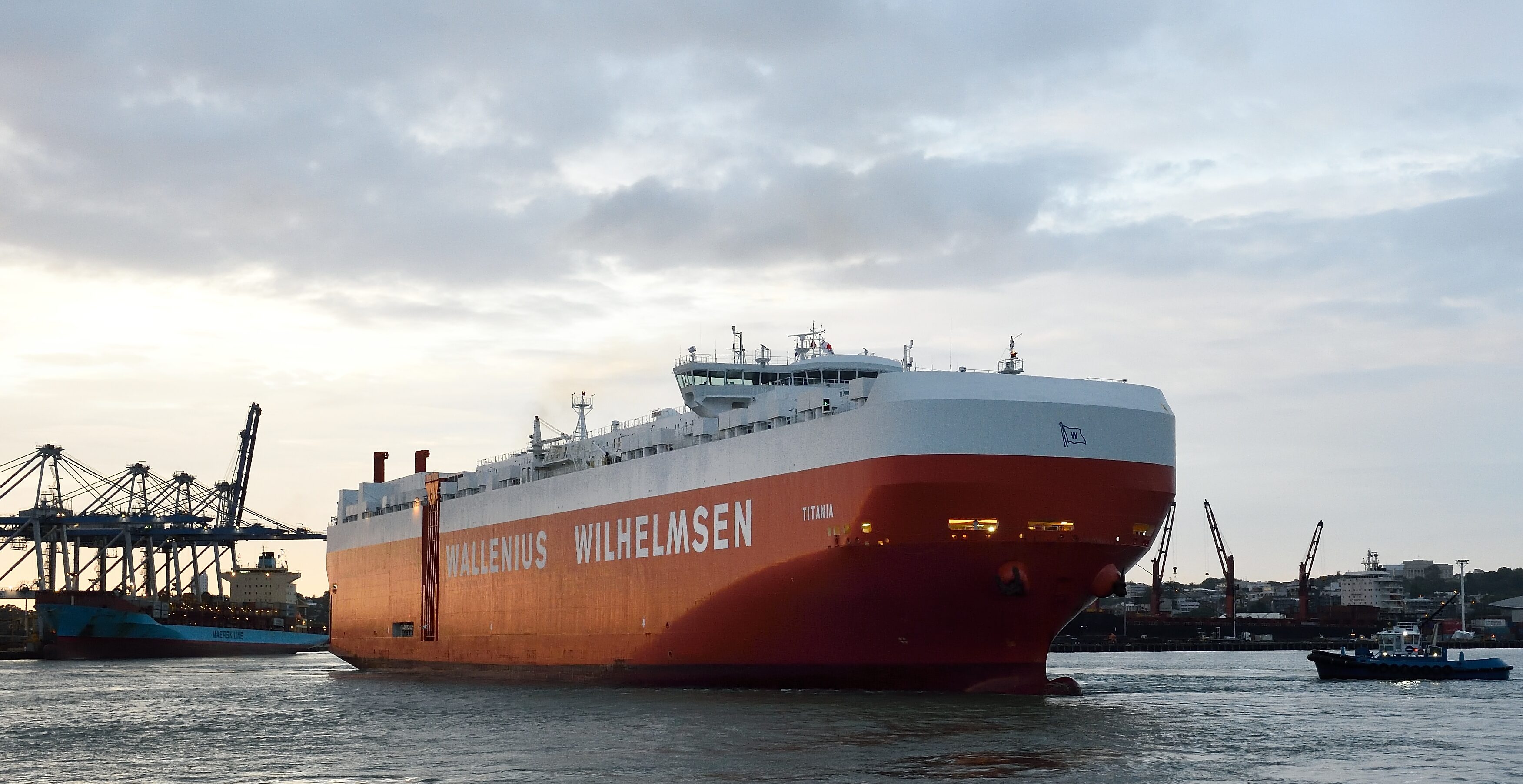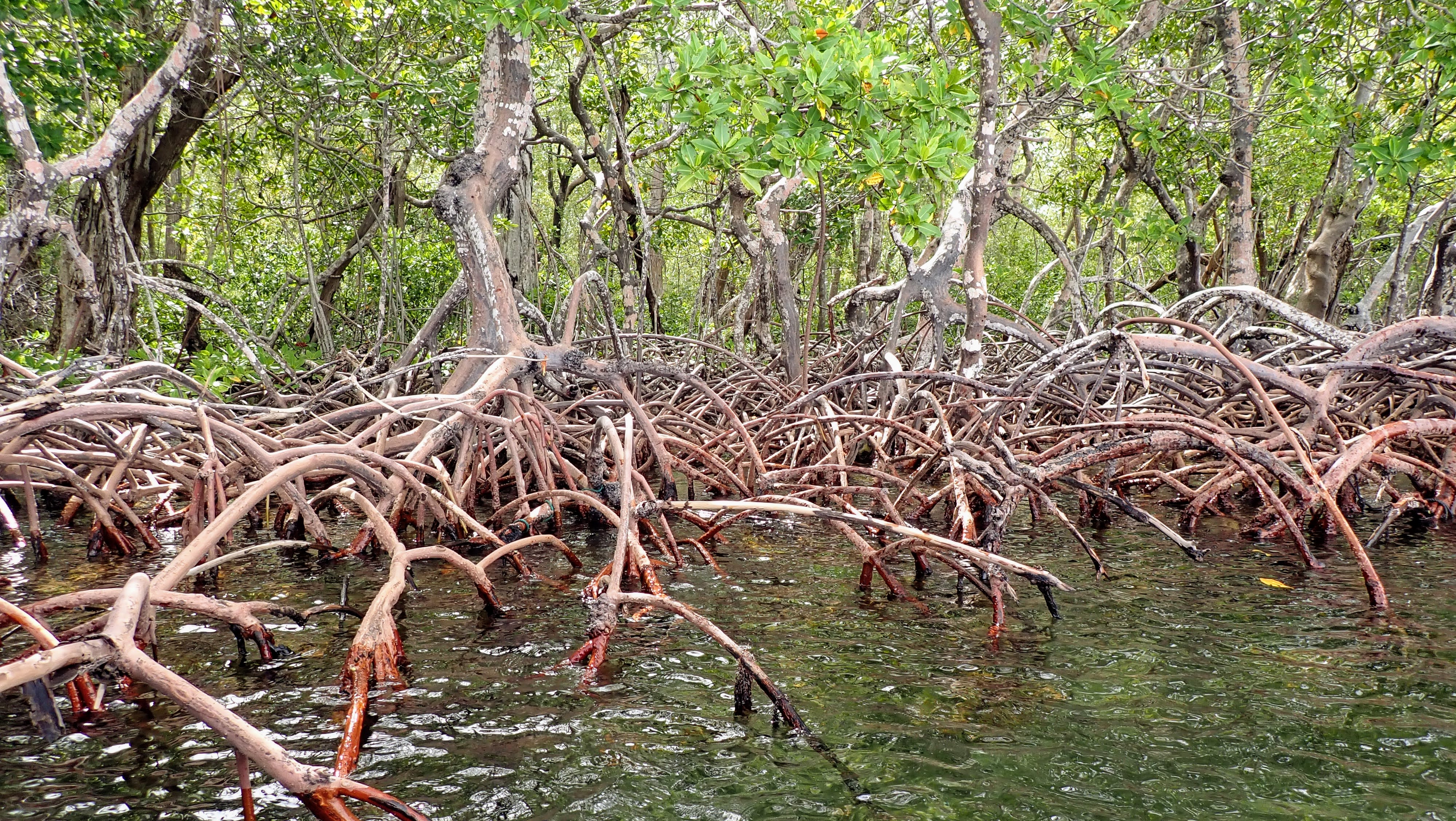
Mangroves are powerful players in fighting climate change, able to store more carbon per unit area than some tropical forests. Above-water roots like these help some mangroves survive in flooded, low-oxygen environments. (Credit: Jonathan Lefcheck/SERC)
by Kristen Goodhue
Mangrove forests try the grit—and grace—of even the most seasoned field ecologist. Flies. Heat. Mazes of trip hazards, from roots and dwarf mangroves jutting aboveground. Suction-cup mud that can pull researchers in up to their thighs.
“If you’re not careful, you can sink,” warned Hannah Morrissette, a postdoc with the Smithsonian Marine Station. Morrissette has explored mangroves in the Dominican Republic and Belize. She’s developed a healthy respect not just for their obstacles, but what they can offer society. “Trying to put a value on these is almost impossible, because of the breadth of their services,” she said.
It’s true: When it comes to protecting coastal economies and drinking up carbon, few ecosystems can compete with mangroves. But few ecosystems make scientists work harder to get the data to prove it.
“I would say, as somebody who’s six foot four, that mangroves are a short person’s game,” said Jonathan Lefcheck, a marine biologist with the Smithsonian Environmental Research Center.
Morrissette and Lefcheck were part of a larger team that journeyed through Belize this September. Dubbed the “Belize Blue Carbon Team,” they joined dozens of Belizean scientists to visit nine mangrove forests in under a month. Their mission: Bolster Belize’s efforts to fight climate change, by uncovering how much carbon its mangrove forests can lock away.
Click to continue »



